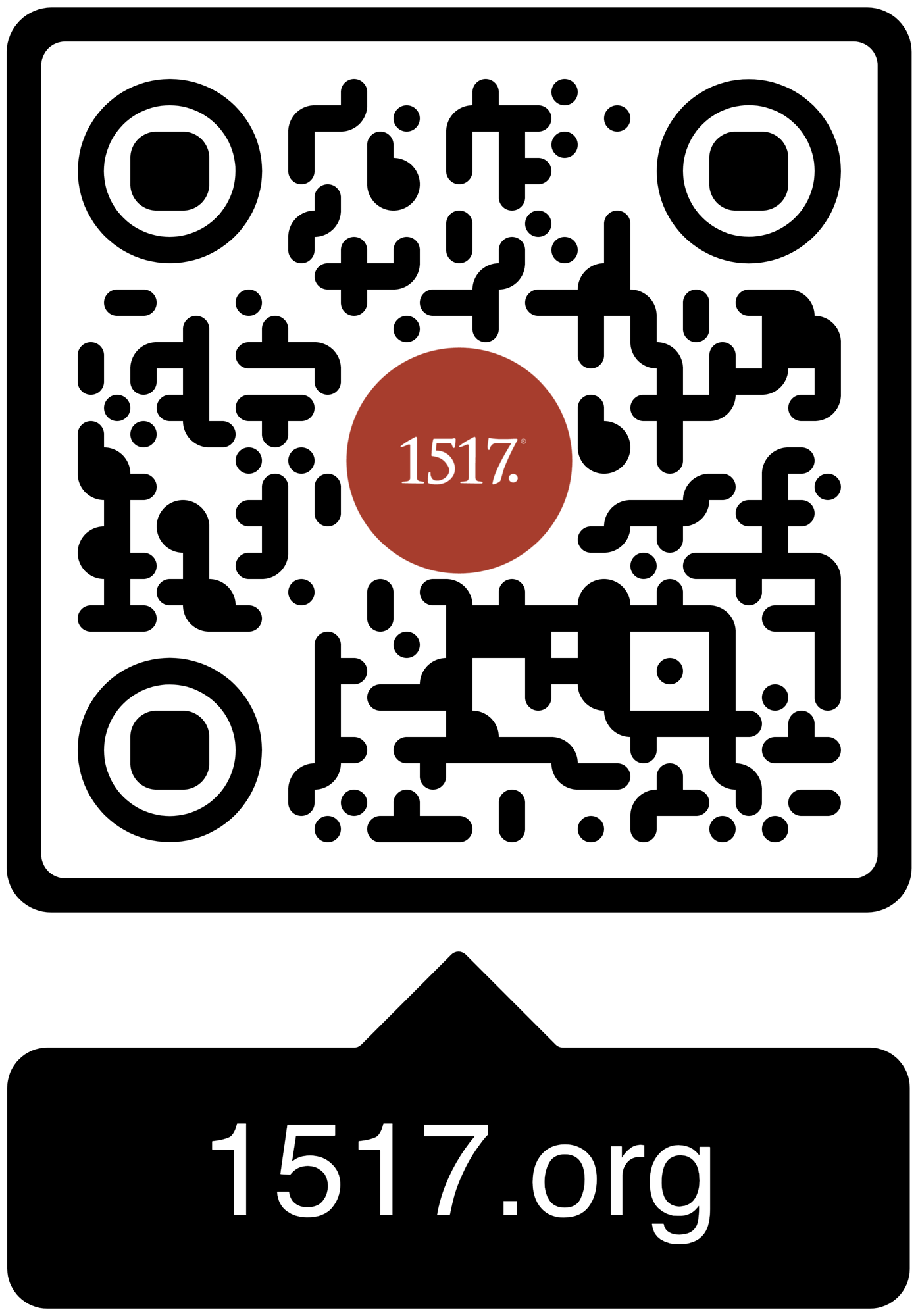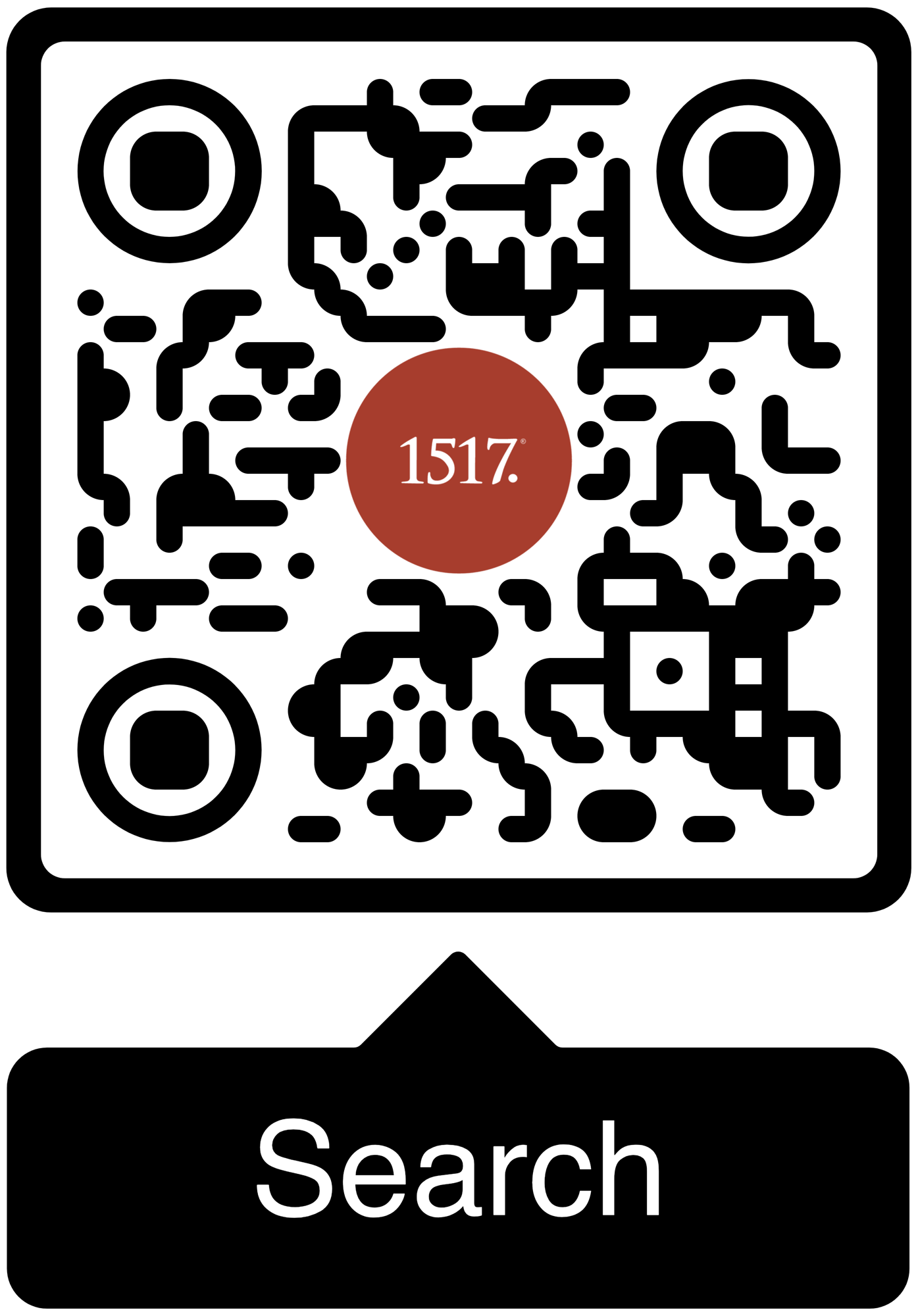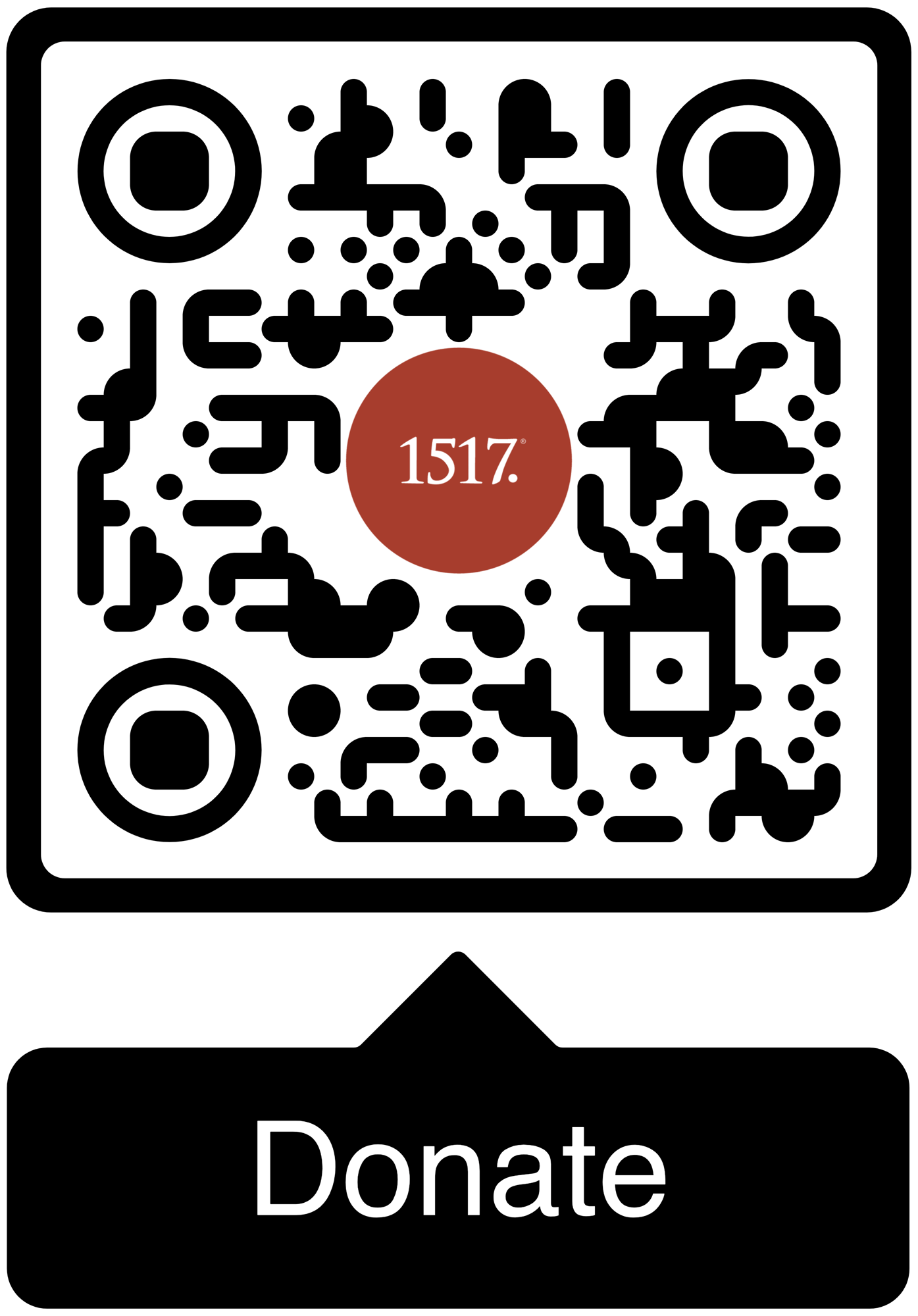This is the second installment in the 1517 articles series, “What Makes a Saint?”
06/20/25
This story is not meant for six-year-olds, but it is meant for us, though we should hardly handle it.
06/19/25
Despite how deep Habakkuk sank into doubt and despair, his faith was not entirely lost. He was merely taking his doubts where they belonged: to the Lord.
All Articles
Author
- All Authors
- 1517 Publishing
- 1517 Staff
- A. A. Just Jr.
- A.J. Vega
- Aaron Boerst
- Adam Francisco
- Adam Stetson
- Amy Mantravadi
- Andrew Foss
- Anthony DiLiberto
- Blake Flattley
- Bob Hiller
- Bob Sundquist
- Bonnie Petroschuk
- Brad Soenksen
- Bradley Gray
- Brandon Hanson
- Brandon Pangman
- Brennan Manning
- Brian W. Thomas
- Bror Erickson
- Bruce Hillman
- C.S. Lewis
- Caleb Keith
- Chad Bird
- Charles E. Fry
- Christopher J. Richmann
- Cindy Koch
- CJ Armstrong
- Craig Donofrio
- Dan Chrismer
- Dan van Voorhis
- Dan Weber
- Daniel Deen
- Daniel Emery Price
- Daniel Stenberg
- David Clay
- David Rufner
- David Schmitt
- Delwyn Campbell
- Dominick Santore
- Donavon Riley
- Edward Killian
- Elyse Fitzpatrick
- Erick Sorensen
- Gage Jordan
- Gerhard Forde
- Grant Klembara
- Greg Koukl
- Gretchen Ronnevik
- Haroldo Camacho
- Hermann Sasse
- Jacob Corzine
- Jacob Smith
- Jake Allstaedt
- Jared C. Wilson
- Jason Lane
- Jason Lang
- Jason Oakland
- Jay Sawrie
- Jeff Mallinson
- Jeffrey Pulse
- Jenifer Mohan
- Jessica Delgado
- Jessica Thompson
- Jim Nestingen
- Joel Fitzpatrick
- Joel Hess
- Joey Goodall
- John Bombaro
- John Bortulin
- John Chrysostom
- John T. Pless
- John W. Hoyum
- John Warwick Montgomery
- Jonathan Ruehs
- Jordan Spina
- Joshua Miller
- Justin Rossow
- Karen Stenberg
- Kathy Morales
- Katie Koplin
- Kelsi Klembara
- Ken Sundet Jones
- Kerri Tom
- Kevin Hale
- Kevin McClain
- Kyle G. Jones
- Larry D. Hughes
- Laura Bauer
- Luke Kjolhaug
- Magnus Persson
- Mariah Coward
- Mark Jasa
- Mark Mattes
- Mark Pierson
- Martin Luther
- Matt Johnson
- Matt Kroelinger
- Matt Popovits
- Michael Berg
- Michael Gibney
- Nicholas Hopman
- Nicholas Kallis
- Norman Nagel
- Paul Dunk
- Paul Koch
- Pete Lange
- Peter Nafzger
- Philip Bartelt
- Preston Sprinkle
- Raleigh Sadler
- Rick Ritchie
- RJ Grunewald
- Robert Farrar Capon
- Robert Kolb
- Rod Rosenbladt
- Roland Ehlke
- Ron Hodel
- Ryan Couch
- Ryan Matthias
- Ryan Stevenson-Cosgrove
- Ryan Tinetti
- Sam Leanza Ortiz
- Sam P. Schuldheisz
- Sarah Crowder
- Scott Davis
- Scott Keith
- Scott Landrum
- Seth Moorman
- Steve Byrnes
- Steve Kruschel
- Steven A. Hein
- Steven Paulson
- StoryMakers NYC
- Tanner Olson
- Tate Barber
- Ted Rosenbladt
- Travis Scholl
- Tyler Cronkright
- Uwe Siemon-Netto
- Valerie Thur
- Wade Johnston
- Walter Hwang
- Wayne Sender
- Zack James Cole
01/30/19
When I was a young boy I was constantly trying to assert my superiority over my siblings. I had to be the best at everything, and it was easy to believe I was the best.
01/30/19
Jesus is the heart of the Gospel, and the Gospel is Good News. But it is always Good News that comes to us best on the lips of another.
01/29/19
With a new year comes many new things. In the corporate world, we again introduced to our yearly performance review.
01/29/19
He comes to fill our old, stony heart with the new wine of his forgiveness.
01/28/19
Just as we believe ourselves to be forgiven because God sees us in Christ, so to forgive others is to see them as God sees them in Christ. To forgive, in other words, is to put God’s eyes in our eyes and our eyes in God’s eyes.
01/27/19
Gerhard's preaching categories ring true of descriptions ring true of the ways in which we attempt to communicate the Gospel in the twenty-first century. His words of advice deserve our attention too.
01/23/19
The rich young ruler’s inquiry to the Lord Jesus in Mark 10:17–22 (along with Matt. 19:16–22; Luke 10:25–28) remains increasingly prescient for us today.
01/23/19
Any and all failure is re-written to portray us as either victor or victim.
01/22/19
The red door was fair warning to pursuers that they could proceed no further.
01/21/19
Blood is the thing. In the Scriptures, sin must be covered or "atoned for" as it's called, by blood.
01/21/19
Both these words, Law and Gospel, are from God. The sinner needs both of them. Both are true and good.
01/20/19
Separating the Law from the conscience is not just bad because it makes the Law ineffective. If the Law and the conscience are not brought together, it also means leaving the conscience unaddressed and unassuaged when the Gospel is preached.
1517 is a Christian non-profit (501(c)3) multi-media organization. Our mission is to declare and defend the Good News that we are forgiven and free on account of the death and resurrection of Jesus alone.





1517 grants permission for our free online resources to be printed, photocopied, and otherwise used freely for private and church use. We require that authorship and source (1517.org) are referenced and maintained. These resources may not be sold or included in any publications for sale.


